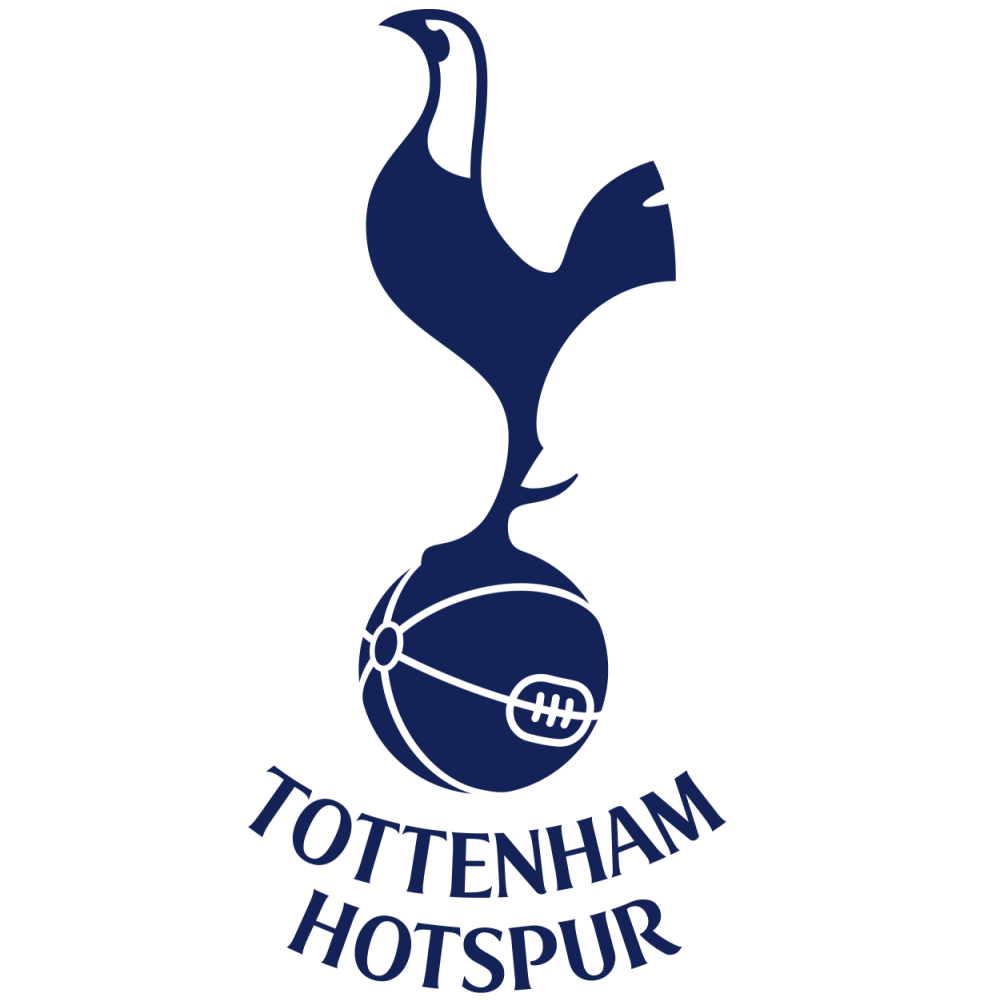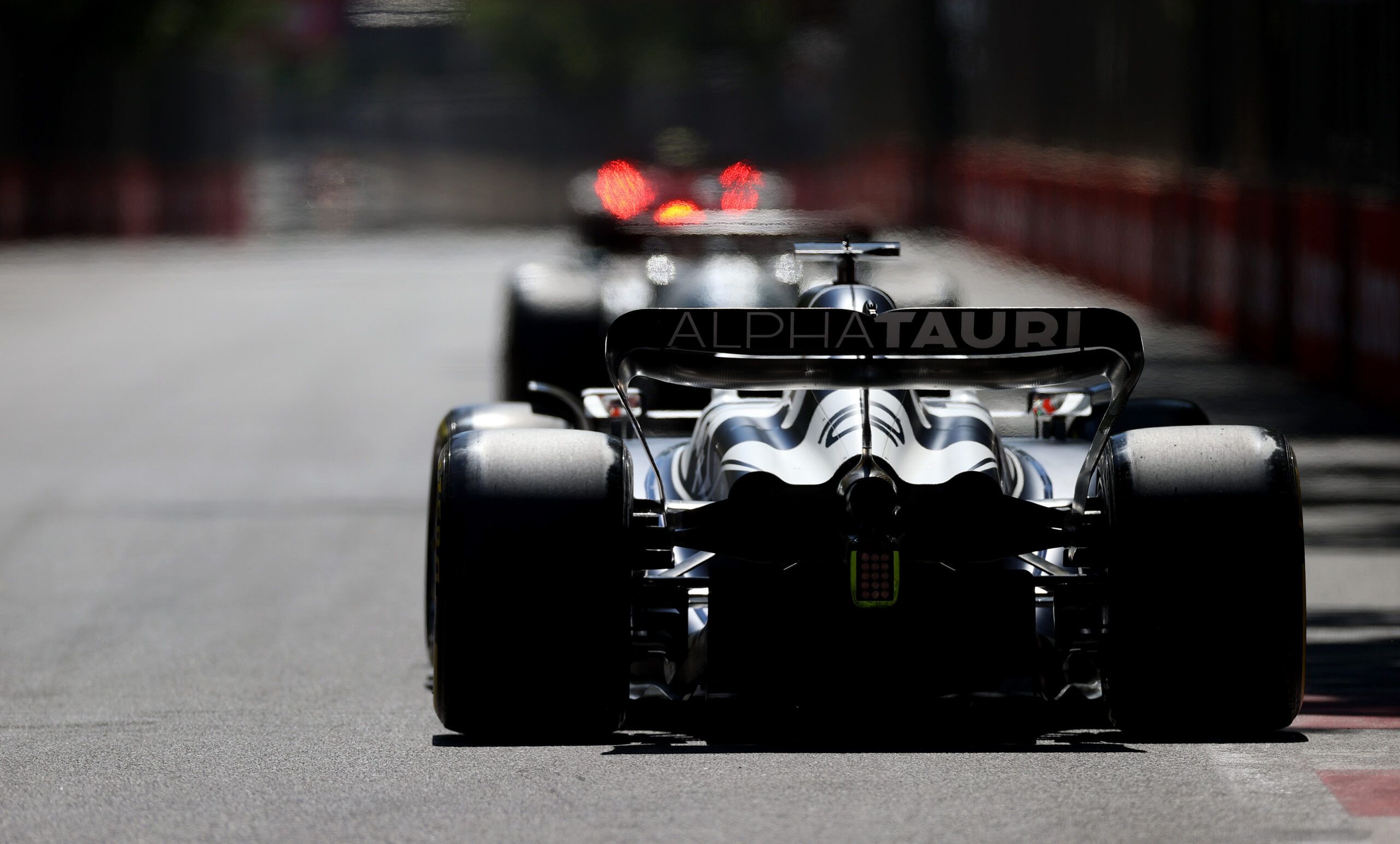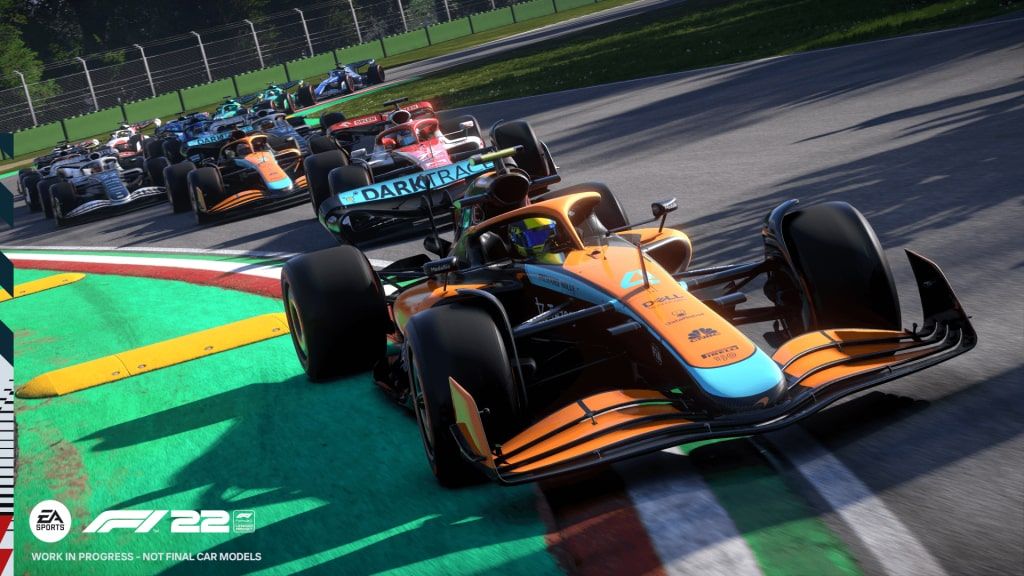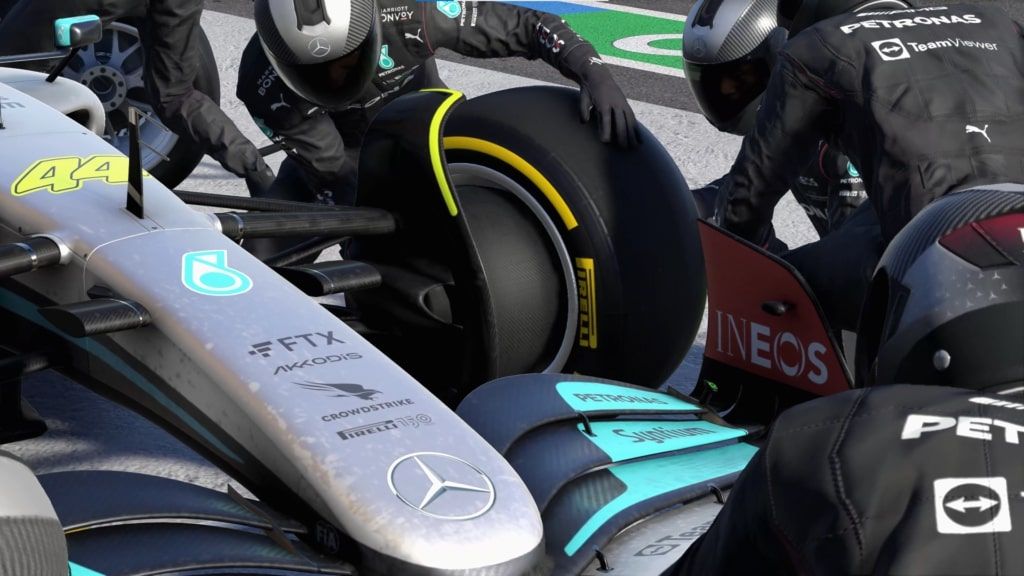In the F1 22 game, being able to control your tires might be the difference between a good result and losing it right at the finish.
There are usually three different types of dry weather tires, each of which compromises performance for durability.
Although the red-marked soft tires will wear out first, they are the fastest for a single lap. The yellow-marked medium tire falls just in the centre, while the white-marked hard tires survive the longest but perform the worst.
What is the best way to maximize tire performance on F1 22? Your answer is in the section below.
Read more: F1 22: Top 10 game tips and tricks
F1 22 tire management setup
Setups are a bit of an outlier for a lot of recreational players. Too frequently, players will ignore tire wear or temperature in favour of hunting for a setup that is centred on hotlapping.
It isn't a wise decision to use it to go off quickly for the first three laps because there is a high chance that you will lose time for the remainder of the stint. After all, your tires are degrading quickly.
There are two main configuration components to pay attention to when it comes to tire performance, suspension geometry and tire pressures.
Running the suspension geometry's camber and toe settings as near to 0 as feasible can drastically lessen tire wear and overheating. It will reduce performance slightly, but it is more preferable for a race of any significant length than giving up durability for a few laps of sheer speed.
Check out the video below on how to properly get a setup:
In the configuration menu, check that the adjuster is pointing to the right for camber adjustments and the left for toe settings. It is not very logical.
Then, you want the tire pressures to be low. You simply cannot let the surface temperature go too high because you will be in a self-fulfilling loop of spinning and having your tires become too hot.
This is especially in this year's game, where the handling model encourages greater slides. Keep an eye on the MFD and keep track of the tire temperatures; if they often reach 100 degrees, pressures need to be lowered.
Driving style to manage tires
The first step towards winning is adjusting your settings. The way you drive determines everything else, which is not surprising.
The driving physics of F1 22 are significantly different from those of F1 21, which results in the cars having a less mechanical grip and being more jittery at the limit. Due to this reason, it is quite simple to exhaust the tires to make up for overall performance.
Smoother wheel motions, not only on the initial turn-in but throughout the corner, are some easy things you may do to improve.
The front tires would inevitably overheat and wear out while entering lengthy, sweeping turns. When the fuel tanks are full at the beginning, this is especially true. At first, turn gently into the corner; when you come out, turn more slowly. The tires will be less stressed as a result.
Then, short shifts and throttle modulation are crucial for the rear tires. Always ease your foot or trigger finger onto the throttle pedal or button since the wheels can over-rotate even in a moderately quick corner whether traction control is on or not.
Early gear changes might cause the power delivery to be smoother and slower, which prevents the wheels from spinning.
How to maximize tire strategy in F1 22
The strategy can have a significant impact on the result in a race when tire wear is a problem. A 50% distance race is the smallest race in which the strategy is used.
A 25% distance race or races lasting five laps call for little to no strategy. While sprints don't require pit stops, you should choose the correct tire and manage them the whole race.
But a race that covers half the distance and a Grand Prix is lengthy enough for tire wear to matter. When on the grid, choose Edit Strategy to reveal the alternatives.
Fuel load to maximize tire strategy in F1 22
It's also important to note that there is a fuel load slider available when you access the Edit Strategy menu. There is an even stronger incentive to reduce the fuel as the fuel mix has not changed.
Greater fuel makes the car heavier, which puts more pressure on the tires. Naturally, you shouldn't under fuel it too much unless it's raining or there's a good possibility a safety vehicle will appear. Lift and coast near the end of a straight if you do run the chance of running out of petrol.
Being light on your tires is vital since you want to make fewer stops. However, keep in mind whether an overcut or an undercut is desirable. In the past, an undercut was advantageous, but this year's game's tires aren't warmed, thus it's now preferable to stick out as long as you can.
However, these tires frequently warm up quite rapidly on tracks with plenty of turns. The undercut becomes more potent when you combine that with the tires being more worn from the increased number of turns.
Therefore, to avoid being undercut, pit as soon as you can so that your opponent needs to warm up their tires for at least half of the lap.
You can keep up to date with all of the latest Gaming News right here on GiveMeSport.






















